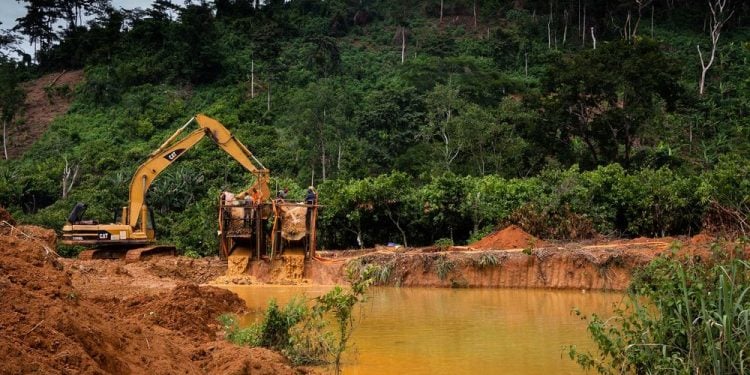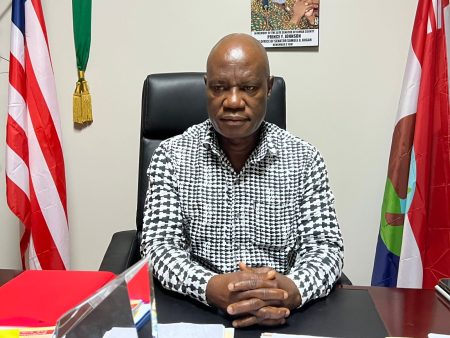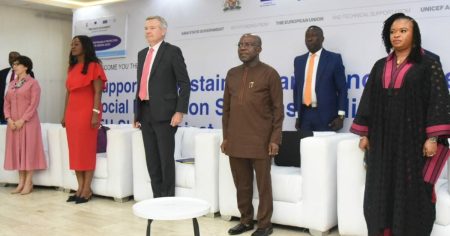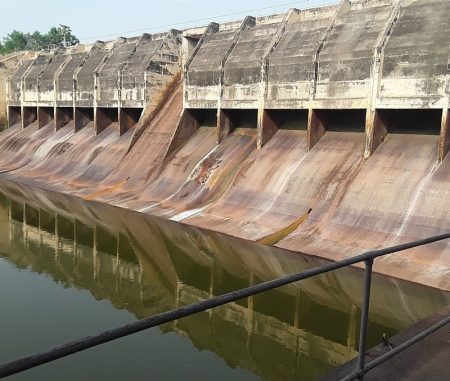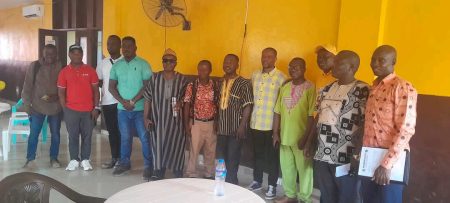Dr. Bright Boafo Boamah, a Medical Doctor and Toxicologist, has analyzed the severe impacts of illegal mining activities, commonly referred to as galamsey, on Ghana’s water bodies. During a discussion on JoyNews’ Newsfile programme on October 12, 2024, he expressed his belief that the process of restoring these contaminated water bodies could take between 10 to 15 years. The extent of environmental degradation caused by galamsey, as well as the persistent pollution from hazardous chemicals such as mercury and cyanide, has created a substantial barrier to restoration efforts. These toxic substances have infiltrated many water sources, complicating recovery processes and posing critical health risks to both human populations and wildlife.
Dr. Boamah highlighted the alarming consequences of water contamination, particularly the health threats posed by toxic chemical exposure. He noted that the presence of heavy metals in water is linked to significant health risks, including the development of antimicrobial resistance due to the ineffective response of antibiotics when treating infections. The persistence of these heavy metals in the environment complicates medical treatments and heightens the urgency for addressing the underlying issues. Given the severity of the contamination, Dr. Boamah suggested that the restoration of some water bodies may not even be feasible, indicating a grim outlook for the future of Ghana’s aquatic environments.
To combat the challenges posed by galamsey, Dr. Boamah urged the Ghanaian government to adopt stricter enforcement of environmental laws. He emphasized the importance of implementing sustainable measures designed to prevent further degradation of the country’s natural resources. This regulatory approach is necessary not only for the immediate protection of the environment but also for the long-term health and safety of the populace. Dr. Boamah’s call to action highlights the need for a coordinated government response to the threats that illegal mining poses, emphasizing the urgency of protecting Ghana’s water resources.
Furthermore, he underscored the necessity of collective action among various stakeholders, including civil society, governmental bodies, and the general public. Dr. Boamah advocated for a united front in the fight against galamsey, urging a commitment from all sectors of society to recognize the importance of environmental preservation. Through collaboration, the stakeholders can develop more effective strategies to confront the widespread issue of illegal mining and mitigate its harmful effects on water bodies and the environment. This unified approach is critical for fostering community involvement and rebuilding trust in environmental management.
Failure to act decisively against galamsey, according to Dr. Boamah, would not only compromise current conditions but would also inflict lasting pain on future generations. This warning serves to mobilize action from all layers of Ghanaian society concerning the management of artisanal mining practices and the safeguarding of natural resources. The potential long-term implications of inaction underscore the vital need for immediate intervention and strategic planning aimed at environmental recovery and sustainable development.
In summary, the environmental crisis posed by illegal mining in Ghana represents a complex challenge that demands a multifaceted response. Dr. Boamah’s insights highlight the intricacies of restoring water bodies contaminated by galamsey, underscoring the multifarious health threats associated with toxic exposure. The path to recovery is long and fraught with challenges, necessitating a stringent regulatory environment, robust public awareness, and a commitment to collaborative solutions to protect Ghana’s natural heritage for future generations. Without such concerted efforts, the fight against galamsey will remain a critical issue with profound implications for both the environment and public health.





